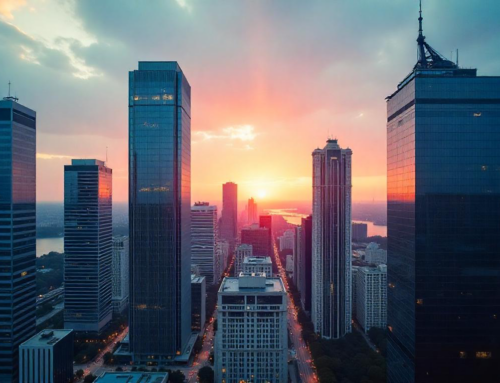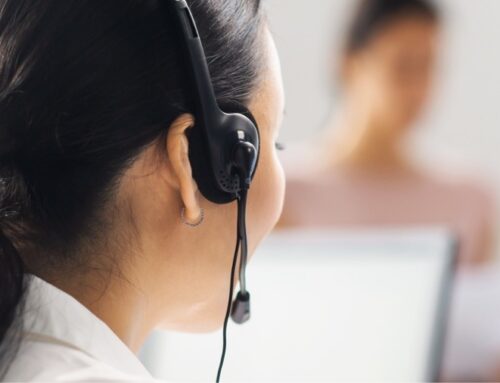By Dr Harro Stokman, CEO of Kepler Vision |
Caring for the elderly in assisted living facilities is a 24-hour arrangement. That may sound obvious, but frequently the complexity and constant alertness required by care staff to make sure their patients receive the best possible care around the clock is overlooked. Exactly how facilities look after their residents is incredibly important and has a huge impact on both the wellbeing of residents and of staff.
Residents need to be looked after for a whole range of reasons. They may have medical complications that require extra attention, sudden behavioral changes that can be indicative of deteriorating health, and of course the ever-present danger of residents falling over. Current monitoring systems include staff physically checking on patients at regular intervals, vital signal sign monitors, smart wearables, audio–video sensors, motion sensors and CCTV systems – all of which have their drawbacks.
The sophistication of these systems varies wildly from case to case, as does their ability to ensure privacy. This is especially true of systems used to monitor elderly patients in care homes or medical facilities at night – when they are at their most vulnerable. Staff checking on patients at night in person – perhaps several times a night – creates a lot of work and a disturbed night’s sleep for patients. Additionally, if a patient falls during that time, they could be left on the floor undercooled and in pain for hours before the next round of checks.
Slightly more advanced are monitoring devices like motion sensors and pressure mats. Based on the configuration, these devices usually operate by sending alerts to staff whenever they notice a patient moving or staying in one place for an extended amount of time. The ability to send alerts to staff in real time does mean that staff can respond quickly, and it does cut down on the number of man-hours spent checking on people, but the downside is that they are prone to producing false alarms. This is because these technologies simply cannot distinguish between a cushion that has fallen on the floor or a patient in genuine need of help.
Producing hundreds or even thousands of false alarms in the space of weeks causes multiple issues, not least it leads to “alarm fatigue” – where staff stops responding to alarms quickly. After all, if everything is urgent all the time, then nothing is urgent. To guarantee that residents need help before dispatching aid, a connected camera system might be used. While it has distinct advantages over previously discussed options, installing an unsecured camera in a resident’s room from which staff can see the feed can be a huge violation of privacy. Additionally, having to constantly monitor multiple streams from individual rooms is another unnecessary burden on staff when that time could be spent on providing care.
Balancing what is best for residents, best for staff, while simultaneously guaranteeing dignity and privacy should be at the heart of choosing a monitoring solution. No system on its own is perfect, and combining systems creates additional complexities that institutions will have to manage. Thankfully, advancements in technologies like computer vision offer a tidier solution when it comes to monitoring residents without compromising on utility. Computer vision in this context means an artificial intelligence taught to recognize when a resident is in a state of discomfort, such as falling down, being unable to rise from bed, or has spent an inordinate amount of time in the bathroom – and then telling staff when this has happened.
Here at Kepler Vision, we have created a computer vision solution to achieve this in the form of the Kepler Night Nurse – specifically built to monitor the wellbeing of patients, while guaranteeing them complete privacy. This human activity recognition technology means that staff are alerted immediately to when a resident needs help – and only when a resident needs help. This massively reduces the time lost to false alarms, but more importantly means that residents get help as soon as they need it, reducing the risk of further injury or complications. A camera is needed in a resident’s room for this solution to work but, unlike with CCTV, the actual video feed is unavailable to staff. Instead, it relies entirely on the sophisticated AI to “see”. The only output that staff receive are alerts when there is a problem.
The usefulness of advanced monitoring systems is being brought sharply into focus by the ongoing staffing crisis in the care sector. Relying on outdated monitoring methods like physical checks and systems that produce false alarms leads to a sub optimal experience for residents and for staff. As the aftershocks of the coronavirus pandemic continue to make medical institutions re-evaluate how they do things, we see an inexorable move towards more advanced monitoring solutions that not only reduce pressure on staff but do so in a way that ensures the maximum care and privacy for patients.












